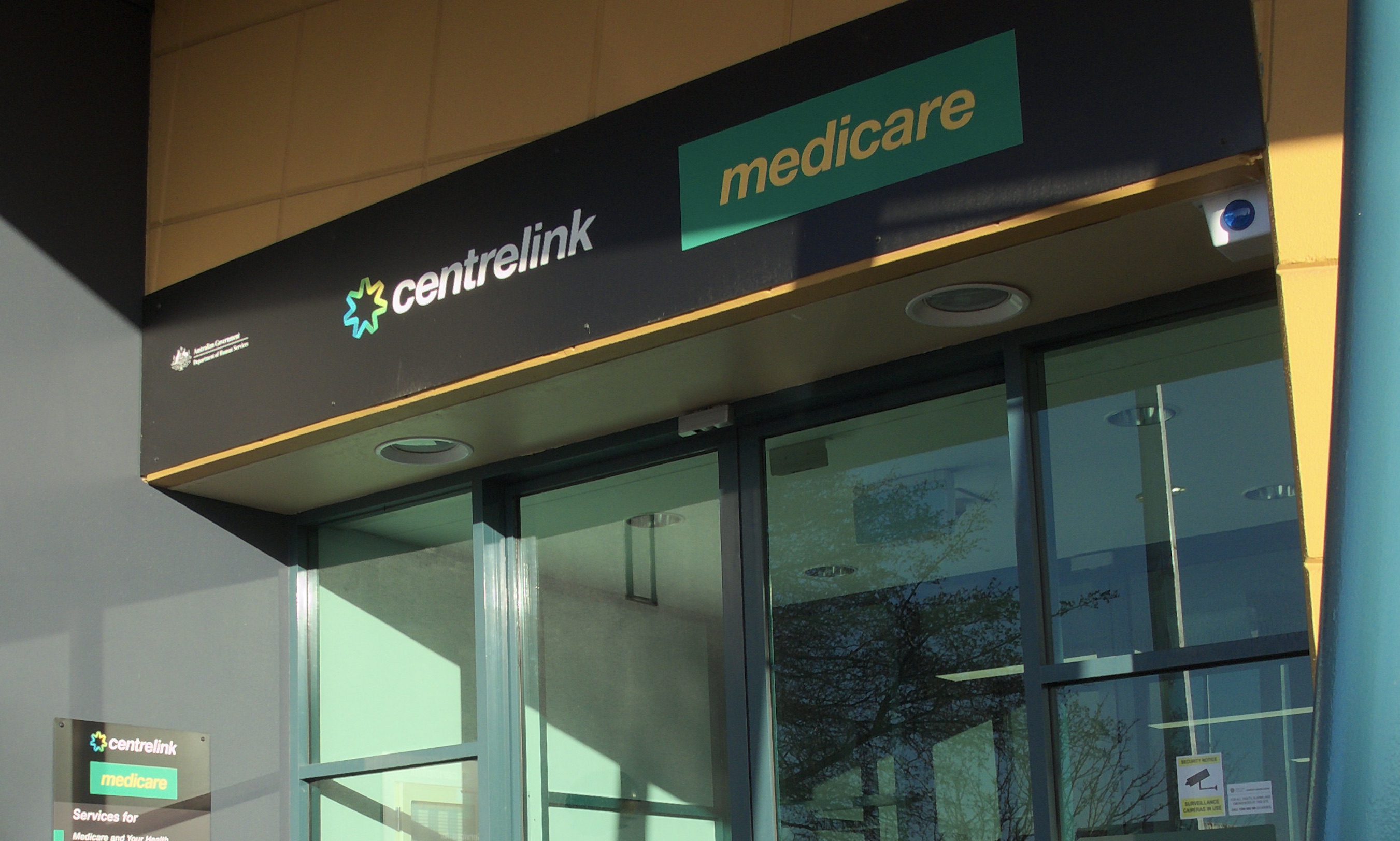Ask an expert: Should Newstart be increased?
Newstart is in the spotlight with a number of politicians calling for an increase to the support payment.
Newstart is in the spotlight with a number of politicians calling for an increase to the support payment.

Newstart is in the spotlight with a number of politicians calling for an increase to the support payment. UNSW Canberra Research Fellow Dr Sue Olney explains how Newstart works, how it compares to benefits in other countries and why she believes it needs to be increased.
What is Newstart?
The Newstart Allowance is the Australian Government’s main income support payment for Australian Residents of working age deemed to be capable of working. It’s sometimes called ‘the dole’, or unemployment benefits.
Who is eligible for it?
Unemployed people aged between 22 years and Age Pension age (currently 65-66 years depending on when you were born). Unemployed people aged 16-21 years receive the Youth Allowance.
To receive Newstart, a person must be at least 22 years old and under 66 years old, looking for paid work, have income and assets under set limits (which vary depending on their age, whether they have dependent children, have a partner, or own their home) and be prepared to meet mutual obligation requirements.
The requirements are undertaking activities to improve their prospects of finding a job set out in a Job Plan negotiated with an employment services provider, attending regular appointments with their employment services provider, and accepting a suitable job offer.
If they don’t meet these requirements without a valid reason like illness (with a Medical Certificate) or a personal or family crisis, their payment may be reduced or stopped. This penalty is sometimes called ‘sanctioning’.
How much do Newstart recipients receive?
Newstart is paid fortnightly. There’s a minimum one week waiting period before the first payment is made, and the wait can be up to six months in some circumstances.
The fortnightly payment amount depends on a recipient’s age, personal circumstances, and financial circumstances.
Currently, the maximum Newstart fortnightly payment for a single person without dependent children is $555.70 – just under $40 a day.
How does this compare to other developed countries?
It’s hard to compare Newstart to unemployment benefits in other countries because many have contributory insurance systems that pay people a percentage of their previous income if they lose their job.
Those systems pay higher rates for shorter timeframes to insured people while they’re looking for work, but taper off over time. Unemployed people in Australia receive the same level of payment for as long as they are eligible.
What we do know is that based on OECD data, and counting rent assistance, Newstart is the lowest payment as a percentage of previous net wage in the OECD for people who are recently unemployed, and below the average for the long-term unemployed.
When was it last increased and why haven’t we seen an increase?
Unlike other income support payments in Australia, Newstart increases are indexed to inflation, not wages.
The rationale when this decision was made by the Howard Government in 1997 was that Newstart was a temporary payment designed to encourage people to actively seek work, and it has not increased in real terms since then.
Of course, over that time, the environment around the payment has shifted. The type of work available, where it exists, and conditions of employment have changed dramatically.
Employers are increasingly seeking qualified, highly skilled, portable, contingent and ‘work ready’ workers, while employment opportunities for unskilled workers have fallen.
Technological change is affecting how and where work is done, and increasing automation is expected to reduce employment in both unskilled and semi-skilled professions by 10 to 40 per cent in the foreseeable future - considerably higher than projections offered in the Australian Government’s 2015 quinquennial Intergenerational Report, which assumes a constant rate of unemployment of around 5 per cent over the period from 2015 to 2055.
Furthermore, the gig economy and contracts without minimum hours are blurring boundaries between self-employment and employee status.
Unskilled and low-skilled work is less secure, offering low wages and limited prospects of career advancement, leaving young jobseekers particularly disadvantaged.
There’s also been a rise in contingent, part time or ad hoc employment in some skilled industries, including health, allied health and post-compulsory education.
Simultaneously, the ratio of jobseekers to advertised vacancies has increased, so employers have become more selective in recruiting staff than they would be in a tighter job market.
Many are reluctant to hire people who have been unemployed for a long time because of concerns about their work ethic - concerns that are arguably fuelled by critical portrayal of unemployed people in politics, policy and the media.
And finally, successive welfare reforms have pushed a range of people facing complex barriers to work from other benefits on to Newstart.
The premise that everyone in Australia can find a job in 2019 by changing their skills and attitude doesn’t hold up.
Around 20 percent of current Newstart recipients have been on the payment for more than five years. For them, it’s not a temporary or transitional payment.
Do Newstart recipients receive other welfare or assistance?
Depending on their circumstances, people on Newstart may be eligible for:
Should Newstart be increased?
Yes - unequivocally. Apart from reducing pressure on public and charitable services and support, and reducing inequality – which adversely affects our whole society - the money is likely to be spent in communities struggling with complex disadvantage, directly stimulating local economies.